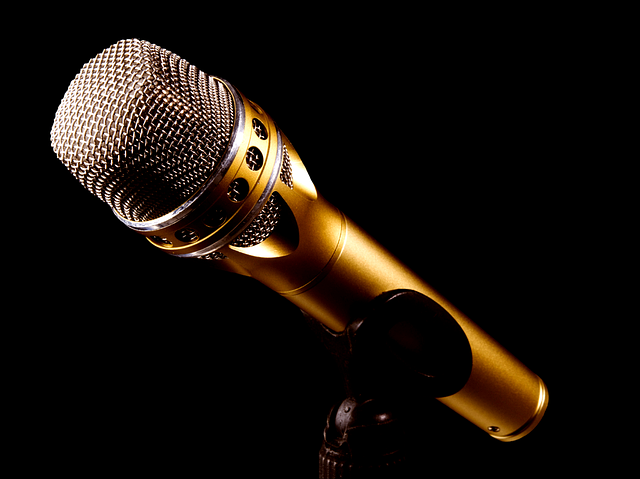The Gene-Editing Conversation
By Matthew C. Nisbet,
American Scientist
| 01. 01. 2018
Public dialogue about the new technology will require major investments from scientists, journalists, and philanthropists.
In 2014 biochemist Jennifer Doudna of the University of California at Berkeley awoke from a nightmare that would shift the focus of her world-class scientific career. Two years earlier, with her colleague Emmanuelle Charpentier, now director of the Max Planck Unit for the Science of Pathogens in Berlin, Doudna had achieved one of the most stunning breakthroughs in the history of biology, becoming the first to use a process called CRISPR-Cas9 to alter the genetic makeup of living organisms. Their “gene-editing” tool would allow scientists to efficiently insert or delete specific bits of DNA with unprecedented precision.
But as applications related to modifying human genes were soon reported in the scientific literature, Doudna began to worry. In the dream, a colleague asked if she would help teach someone how to use CRISPR (Clustered Regularly Interspaced Short Palindrome Repeats). She followed him into a room to be greeted by Adolph Hitler wearing a pig face. The nightmare reinforced her belief that public discussion of the technology...
Related Articles
By Jenny Lange, BioNews | 12.01.2025
A UK toddler with a rare genetic condition was the first person to receive a new gene therapy that appears to halt disease progression.
Oliver, now three years old, has Hunter syndrome, an inherited genetic disorder that leads to physical...
By Grace Won, KQED [with CGS' Katie Hasson] | 12.02.2025
In the U.S., it’s illegal to edit genes in human embryos with the intention of creating a genetically engineered baby. But according to the Wall Street Journal, Bay Area startups are focused on just that. It wouldn’t be the first...
By Pam Belluck and Carl Zimmer, The New York Times | 11.19.2025
Gene-editing therapies offer great hope for treating rare diseases, but they face big hurdles: the tremendous time and resources involved in devising a treatment that might only apply to a small number of patients.
A study published on Wednesday...
Several recent Biopolitical Times posts (1, 2, 3, 4) have called attention to the alarmingly rapid commercialization of “designer baby” technologies: polygenic embryo screening (especially its use to purportedly screen for traits like intelligence), in vitro gametogenesis (lab-made eggs and sperm), and heritable genome editing (also termed embryo editing or reproductive gene editing). Those three, together with artificial wombs, have been dubbed the “Gattaca stack” by Brian Armstrong, CEO of the cryptocurrency company...




